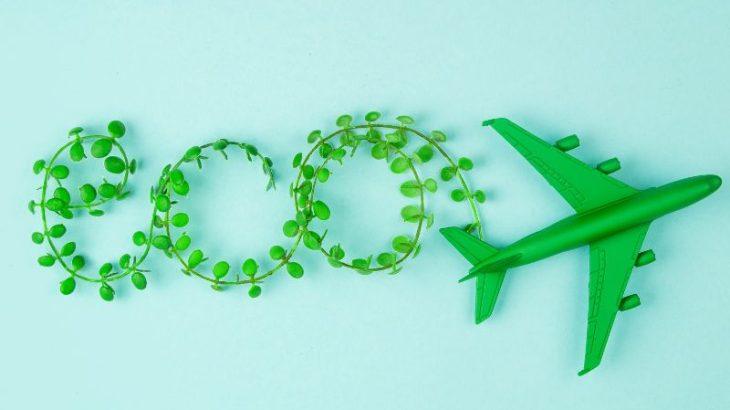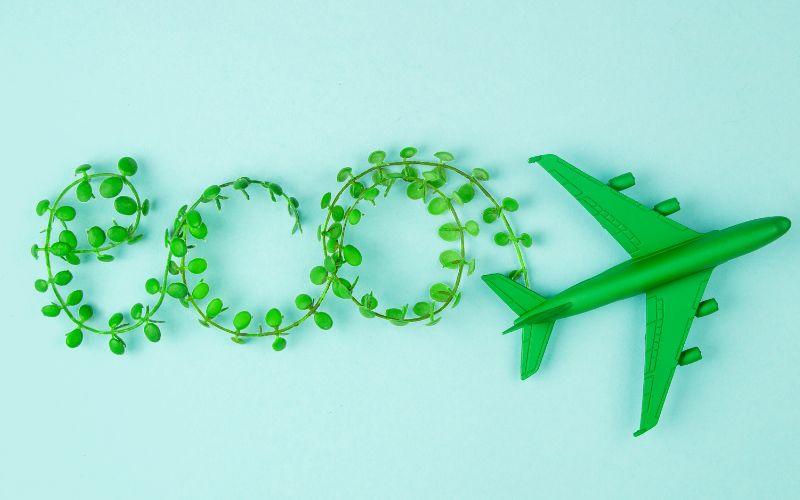
Travelling the world, reducing your carbon footprint, and supporting sustainable practices. Is it even possible? This blog post discusses what the airline industry is doing to be more sustainable.
To say that achieving net zero flying by 2050 is challenging is quite an understatement! But the link between air travel and rising global temperatures must be broken. This blog post explores what the airline industry is doing to become more sustainable and promote eco tourism.
Jet Zero
The Jet Zero Strategy’s primary goal is to ensure that aviation remains sustainable while providing passenger travel. The strategy aims to reduce the sector’s dependence on ‘dirty energy’ and highlight the benefits of green technology. And hopefully, lead to the creation of thousands of new skilled jobs.
As well as the 2050 net zero target, domestic flights are expected to achieve net zero by 2040. All airport operations in England are expected to be zero emission by the same year.
The aviation industry has responded positively to the Jet Zero Strategy despite the sector’s recent challenges. Many airlines are taking significant steps towards ensuring that their businesses recover and grow with sustainability at their core.
5 things the airline industry is doing to be more sustainable
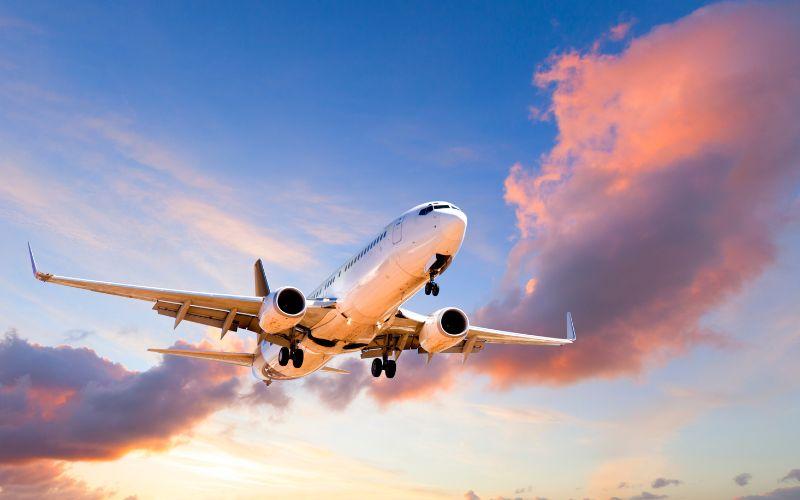
Airlines are reducing single-use plastic
One of the first ways airlines made an effort to become more sustainable was by reducing single-use plastics in inflight services. You may have noticed a switch to bamboo utensils, cups, and plates made from recyclable materials.
In 2020, British Airways stopped using plastic items such as drinks stirrers, packaging, water bottles, and retail bags. They replaced them with environmentally friendly alternatives from bamboo, paper, and recycled plastic. This may be a small change, but it has had a considerable impact, and British Airways aimed for these changes to result in 700 tons of single-use plastic being eliminated from their flights annually.
Emirates has also been combatting single-use plastic waste since 2019. The airline began simply by replacing plastic straws with paper ones, then paper bags for inflight purchases instead of plastic ones. The company introduced other sustainability initiatives, such as using blankets made from recycled plastic bottles and recycling plastic bottles sold on flights. They believe these changes could prevent over 80 million single-use items from ending in landfills.
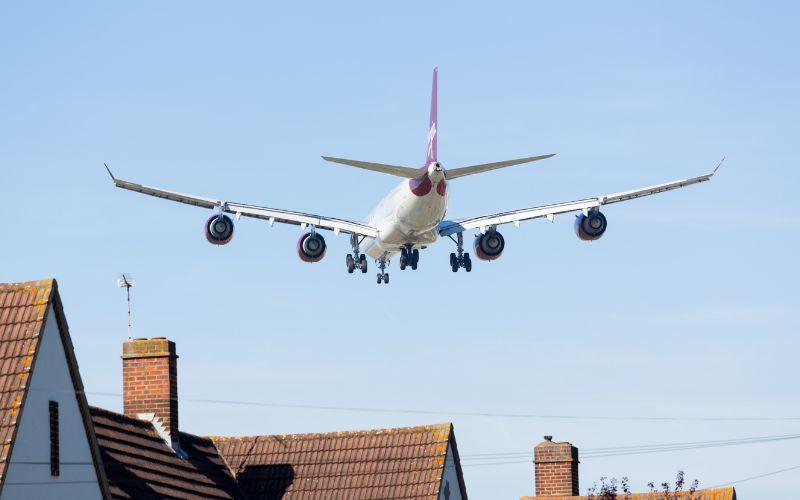
Airlines are switching to sustainable fuels
Jet engines are currently powered by a blend of traditional kerosene and sustainable aviation fuels (SAF). Airlines are investing in sustainable aviation fuels that reduce greenhouse gas emissions. They are made from renewable sources such as waste, non-food crops, and algae.
On November 28th 2023, Virgin Atlantic made history by flying from London to New York using 100% sustainable aviation fuel (SAF). This is a massive step towards decarbonising travel.
SAF can be used now, unlike electric and hydrogen technologies, which are still years away. Despite this, SAF constitutes less than 0.1% of the total global jet fuel volumes, and fuel standards allow for only a 50% SAF blend in commercial jet engines.
According to IATA, sustainable aviation fuels will make a 65% contribution to achieving net zero carbon emissions by 2050. Flight100 demonstrates that the difficulty of increasing production lies in policy and investment. The industry and government must work together to create a thriving UK SAF industry.
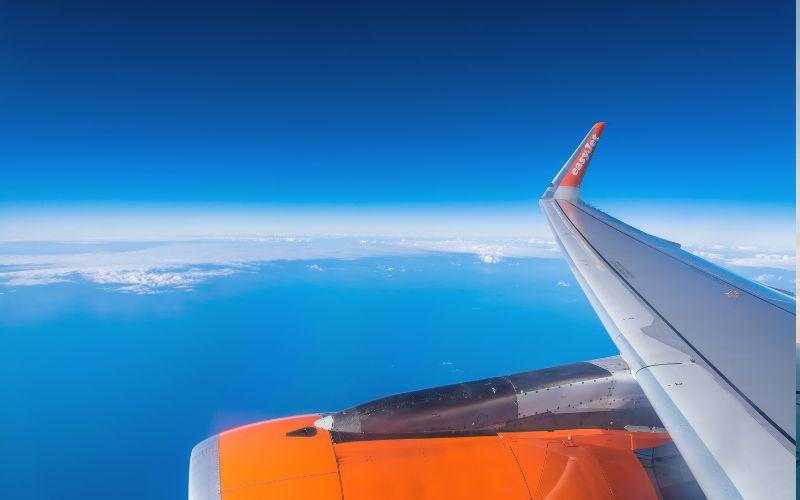
Airlines are using more energy-efficient aircraft
Over the years, aircraft manufacturers have improved the efficiency of their planes. Today, they continue to invest in and explore new technologies to enhance the performance of new and existing models.
For environmental and financial reasons, fuel efficiency is crucial for the aviation industry’s future. Fuel costs account for over 30% of airline operating expenses. In February 2016, the International Civil Aviation Organization (ICAO) agreed on a CO2 emissions standard to complement market-driven fuel efficiency improvements. This standard will apply to all new aircraft designs from 2020 and newly-built existing models from 2023.
Engineers and researchers are making improvements that offer substantial savings. Such as wingtip devices installed on new aircraft that increase aerodynamic efficiency and reduce fuel usage. Aircraft manufacturers increasingly use lightweight materials such as carbon composites to build aircraft and components, resulting in exceptional gains in environmental performance for planes like the Boeing 787 and 777X, Airbus A380, A220, and A350XWB.
But this isn’t a quick fix. There are long lead times for developing, designing, and manufacturing modern aircraft. There tend to be ‘waves’ of new aircraft entering the fleet. We are in the middle of such a wave, with several new aircraft models replacing older, less fuel-efficient ones.
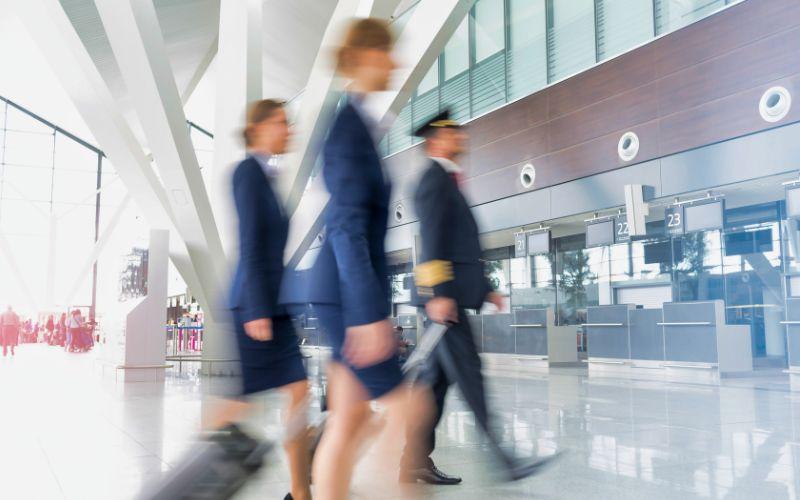
Airlines are switching to sustainable uniforms and recycling old uniforms
UK airlines are making their uniforms more sustainable by using eco-friendly materials and recycling old uniforms. Some companies have launched recycling programs where old uniforms are turned into new products such as blankets and bags. For example, British Airways returns, recycles, and donates old uniforms to selected charities. The airline is exploring several options for recycling used clothing, such as producing an eco-friendly range of merchandise and giving some items to the British Airways Heritage Centre.
In 2021 easyJet’s pilot and cabin crew uniform won the ‘Sustainability Award’ at the 2021 Professional Clothing Industry Association Worldwide Awards. The fabric used in the uniforms is made entirely from recycled plastic bottles, with around 45 bottles in each uniform. This initiative is expected to prevent 2,700,000 plastic bottles from ending up in landfills or oceans over the next five years.
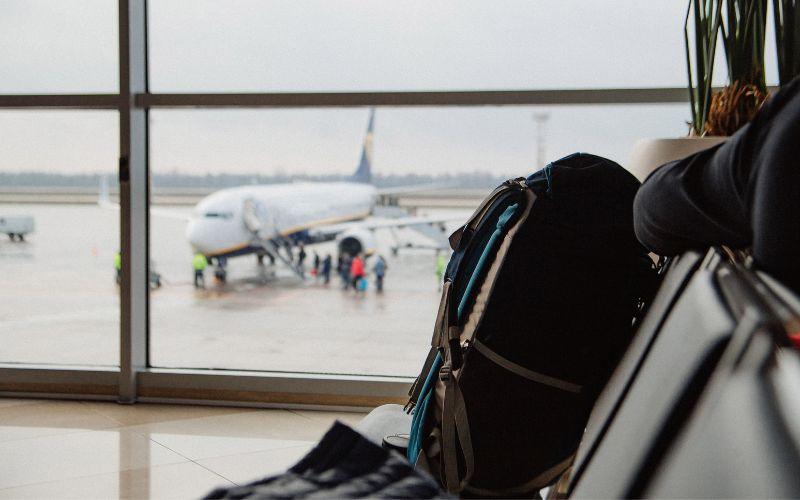
Airlines are educating passengers on sustainable air travel
Airlines are actively educating passengers on sustainable air travel. They are giving tips for packing lighter and less. This may seem small, but each person contributes to a plane’s weight. By packing more lightweight, you can help reduce emissions. Plus, by taking less, you can avoid baggage fees and queues. There are plenty of handy tricks and tips online to help you with this.
Airlines are using signage with statistics to inform passengers of the importance of reducing their carbon footprint while travelling. They are encouraging the purchase of longer-lasting bags and luggage. Or bags made from recycled materials such as this recycled barrel bag.
Some airlines are actively promoting using carbon offsetting schemes, which enable passengers to offset the carbon emissions generated by their flights by investing in renewable energy or carbon reduction projects.
Other airlines are taking things into their own hands and educating our young people! For example, Manchester Airport Group has launched a sustainability education program to teach young people about the future of flying. Manchester, London Stansted, and East Midlands Airports will offer “Jet Zero Education” to schools in their surrounding areas at on-site Aerozones. The sessions will teach students about the role of sustainable aviation fuels (SAF) in reducing aircraft emissions and decarbonising aviation. The curriculum will cover topics such as the production of SAF and its benefits, which will aid the aviation industry in achieving its target of net zero emissions by 2050.
We hope you have found this article helpful; as you can see, the airline industry is making significant strides towards a more sustainable future. But it is essential to remember that as travellers, we can also do our part by choosing airlines that prioritise sustainability and make conscious travel choices. Let’s continue pushing for progress.
Join our newsletter
For more inspiration, join our newsletter today. And if you need T-shirts printing for company merchandise, you know where to find us!
